Fertilizer superphosphate: composition and rules for use in the garden
Many of those who grow berries and vegetables in their dachas and personal plots know how difficult it is to get a bountiful harvest without proper feeding. Superphosphate is a fertilizer that successfully solves the problem of plant saturation with microelements that contribute to the development of the root system, increase productivity and improve the quality of fruits, accelerate the development and flowering of garden crops. There are several different types of superphosphate, each of which is applicable for specific soils and plants, so before starting feeding, you should carefully study the instructions on the package and follow the advice of specialists.
How is superphosphate useful?
For successful development and fruiting, a plant needs a number of chemical elements, at the head of which are phosphorus, potassium and nitrogen.
Phosphorus supports the processes of metabolism and photosynthesis, strengthens the strength of a young sprout. This trace element is involved in the formation of rhizomes, buds and seeds. Superphosphate is the most common fertilizer with a high phosphorus content among gardeners. It is obtained by treating natural phosphates with sulfuric acid. The introduction of such feeding is necessary for several reasons:
- a full-fledged root system is formed, powerful tubers are formed;
- the plant enters the fruiting phase faster;
- the taste of vegetables improves
- aging and wilting processes slow down.
Therefore, constant feeding with substances containing phosphorus is rightfully considered the key to a good harvest.
Composition and types of phosphate
From the name it is easy to guess that the main element present in the fertilizer is phosphorus, the amount of which can be up to 50% of the total volume. In addition, nitrogen, molybdenum, sulfur, calcium may be contained here in small quantities. Due to the low nitrogen content, superphosphate does not cause too abundant growth of green mass, therefore, the main forces of the plant are directed to the formation of fruits.
Like many other mineral fertilizers, phosphate is almost insoluble in water, therefore it is recommended to be embedded in the soil. Moreover, acidic soils must first be neutralized by adding chalk, lime or ash.
There are several varieties of superphosphate on sale, all of them have certain dosages and some nuances of use.
Monophosphate
The simplest type of fertilizer, which contains no more than 20% phosphorus, a little nitrogen, sulfur and calcium sulfate in the form of gypsum. Outwardly it is a grayish powder. It is necessary to store monophosphate in a dry room - if water gets in, the powdery agent falls into lumps, and its use becomes impossible.
The main advantage of monophosphate is its low cost. It is usually advantageous to use it for feeding vegetables in large areas with podzolic or sandy soils.
Double
The phosphorus contained in this type of fertilizer occupies half of the total volume. In addition, the nutrient mixture contains 2% nitrogen and 5% sulfur. Double phosphate is produced in the form of granules, which dissolve well in water. The fertilizer is suitable for any soil composition. It is usually applied in late autumn or early spring, before planting. After feeding, you need to wait a few days to allow the nutrients to dissolve in the soil.In addition, double superphosphate can be poured directly into the well, thereby ensuring a continuous supply of phosphorus to the plant's root system throughout the growing season.
Granulated
Contains 50% phosphorus and 30% calcium sulfate, it is produced in granules of gray, white or pink color. The fertilizer is very poorly soluble in water, but does not cake during storage.
Ammoniated
Complex fertilizer containing 30% phosphorus, nitrogen, sulfur, calcium and potassium sulfate. Due to the presence of ammonia, it does not acidify the soil.
Simple superphosphate is most often used in combination with nitrogen fertilizers, while granular or ammoniated superphosphate is best combined with potassium.
Fertilization rules
Superphosphate can be used to feed berry and vegetable crops, fruit trees and shrubs, flowers and lawn grass. Usually, on the outside of the packaging of the goods, the manufacturer places detailed instructions for the use and dosage of the product. However, there are several general rules that novice vegetable growers will know.
Phosphate fertilizers should not be applied together with ammonium nitrate and ash, chalk or lime. The interval between the introduction of these substances into the soil should be at least 7 days. This is due to the fact that fertilizers containing ammonium nitrate cannot be combined with alkaline substances. With this mixing, a chemical reaction occurs, due to which most of the nitrogen is lost.
Granular phosphate can be used both for watering plants and for embedding into the soil. Experienced gardeners first fill the granules with water, insist for several days, and then divide the resulting mass into two parts: the water goes for watering, and the mixture that did not have time to dissolve is embedded in the soil.
To increase the phosphorus content in areas not previously treated, add monophosphate at the rate of 50 g per 1 m2... For feeding the used lands, this dose should be increased to 70 g per m22.
Fertilization of fruit trees is as follows: before planting in the ground, 0.5 kg of powder is introduced into the planting pit, then additionally watered with phosphate after flowering.
How to feed cucumbers with superphosphate
The enrichment with useful microelements of the soil allotted for cucumbers should be started in the spring, at least 10 days before planting the seeds. The site is dug up and 30 g of superphosphate is added per 1 m2.
After the formation of the first leaves, young cucumbers can be fed again by watering the bed with a nutrient solution. For its preparation, take 25 g of double superphosphate, 20 g of potassium and 10 liters of water. Watering must be done carefully, trying to get closer to the stem and not burn the delicate leaves.
During the period of bud formation and the appearance of flowers, cucumbers can be sprayed with phosphate. The hood is prepared in advance, two days before watering. To prepare 35 g of fertilizer, pour 10 liters of hot water and let it settle. After two days, the water is drained from the sediment and the plants are sprayed with it.
To prolong fruiting, you can spill the earth around the plant with superphosphate by dissolving 10 g of powder in 10 liters of water. The main thing is to try to prevent the chemical solution from getting on the leaves and fruits.
Superphosphate for tomatoes
Top dressing of tomatoes begins during the period of growing seedlings. If the leaves begin to turn yellow and curl inward, then the plants do not have enough phosphorus. You can correct the situation by preparing a superphosphate extract: 10 tbsp. l. powder is poured into 1.5 liters of boiling water and left for a day, after which half a glass of the extract is dissolved in 10 liters of water and the seedlings are watered.
When planting, a pinch of phosphate and wood ash is added to the holes. In this case, care must be taken that fertilizer does not fall on the delicate roots of the plant.
When transplanting seedlings into open ground, add 1 tsp to each hole. superphosphate, a handful of compost and wood ash. At the same time, it is very important to ensure that the mixture does not get on the delicate roots.
From the moment budding begins, in order to stimulate fruit formation, tomatoes will need superphosphate feeding. To prepare a solution 1 tsp. powder is stirred in a 10-liter bucket of water. In addition, it is advisable to organize foliar feeding - the plants are sprayed with a phosphate extract.
An infusion of phosphates will help reduce the ripening time of vegetables. To prepare it, take 20 g of powder, pour 200 ml of water and leave it to infuse for two days. Then the resulting suspension is stirred in a 10-liter bucket of water and the green mass of plants is sprayed.
If indoor structures with depleted soil with frequent sowing are used for growing tomatoes, then the issue of feeding should be approached with special attention. Chicken manure and potassium sulfate can be added to the superphosphate nutrient solution.
The use of superphosphate and other fertilizers contributes to the cultivation of a full-fledged crop in the garden, obtaining high-quality and tasty fruits, preserving the decorative effect of flower crops.
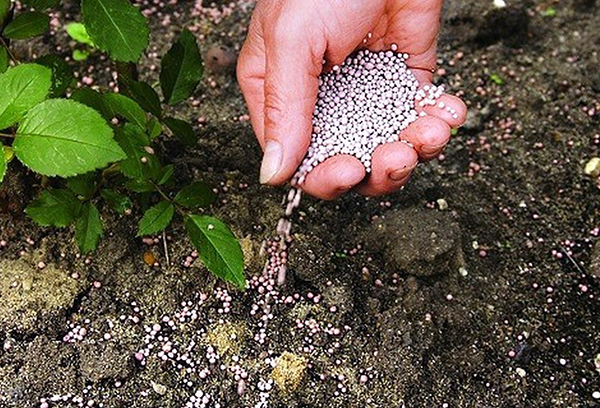
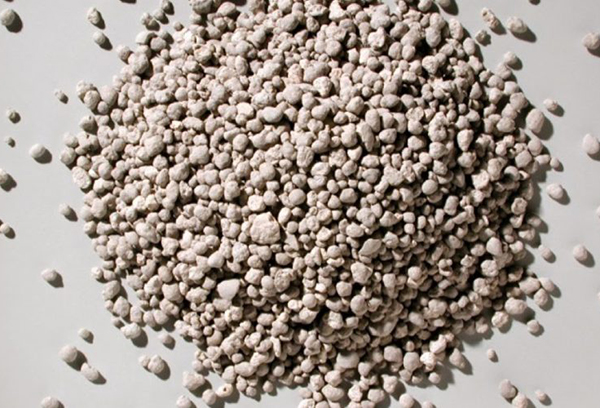
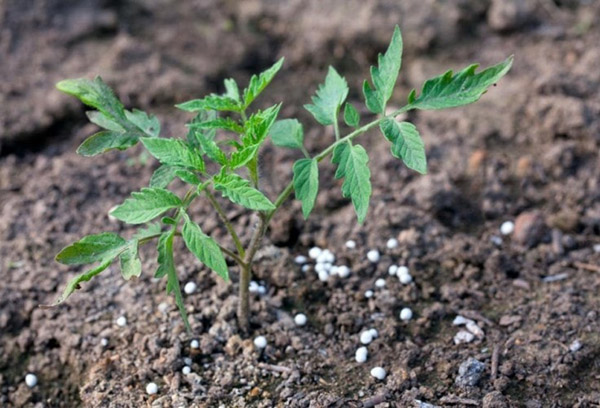
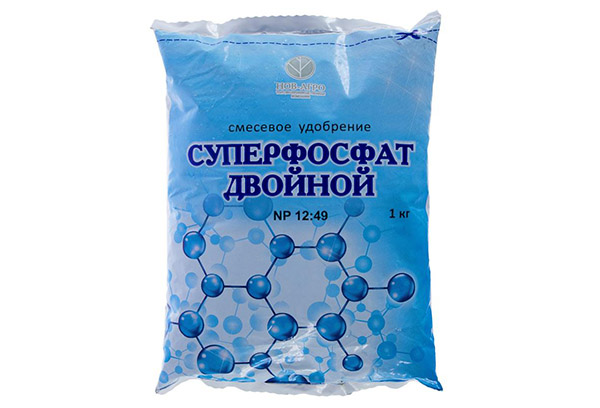
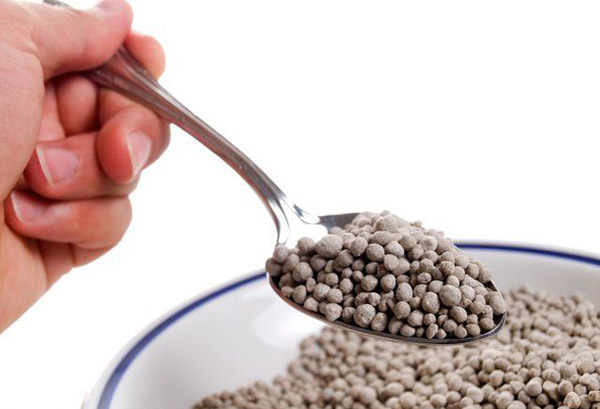
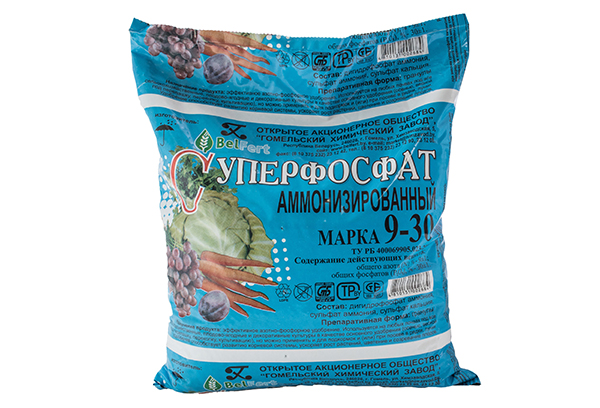
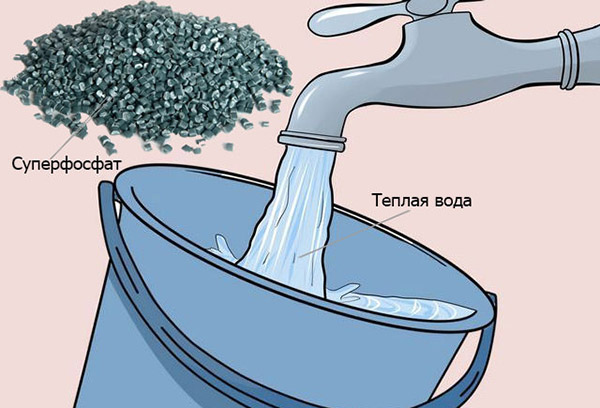
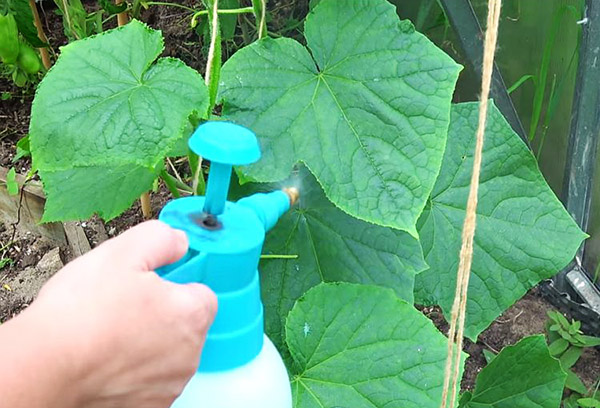
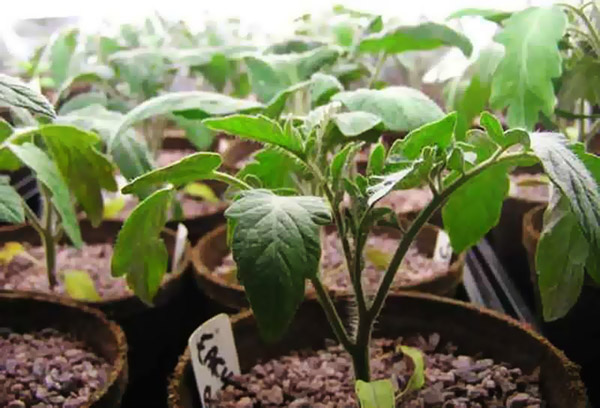
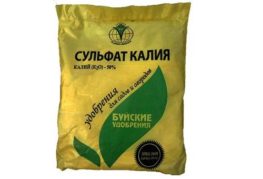

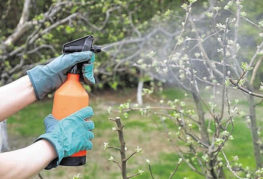
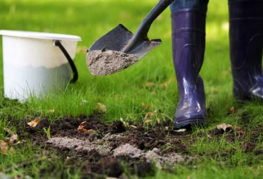
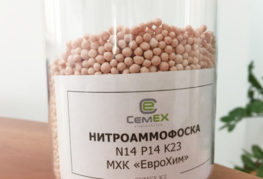
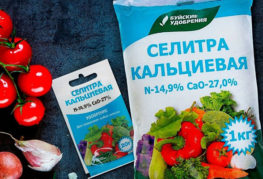
and will be published shortly.